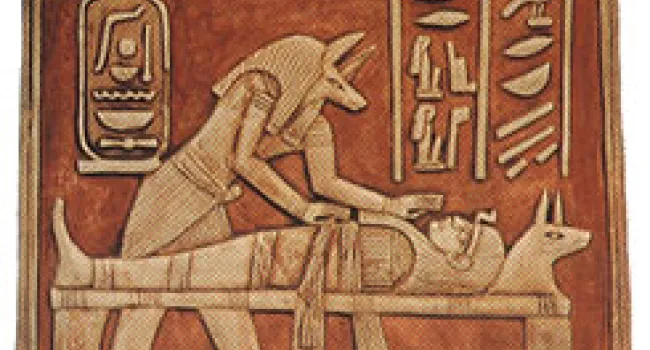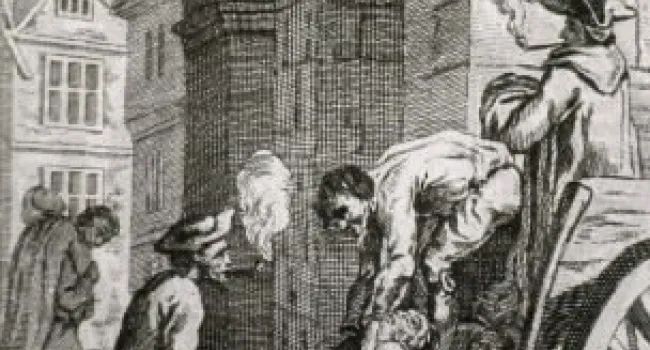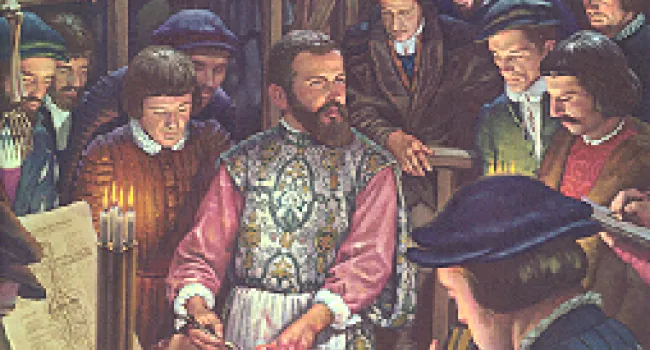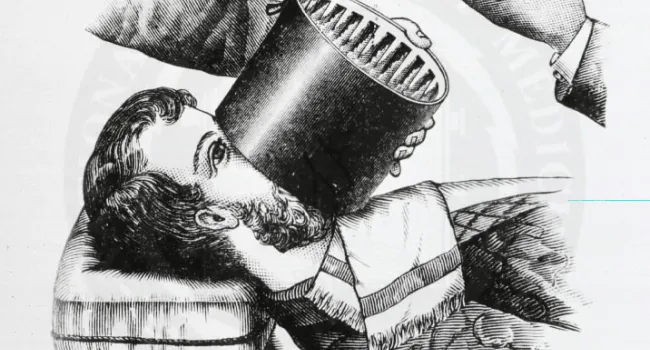In 1895, the discovery of X-rays allowed doctors to see into the body without cutting it open. In less than a century, an entire medical specialty developed based on this discovery called radiology. New imaging technologies, such as ultrasound and CAT and MRI scans, help doctors identify diseases and provide better treatment options. Another major discovery in the early 1900s was penicillin. It is still widely used today and led to the development of more antibiotic drugs that fight infections and save lives.
Research and technology have expanded medical knowledge and improved medical practices like surgery. Today, doctors are able to perform less invasive surgical procedures. By using new technologies like lasers, doctors make smaller incisions that cause less discomfort and faster recovery times for patients. Transplanting organs such as hearts, kidneys and livers from donors to recipients is a major medical breakthrough. Donors are people who have died but expressed a willingness to give their organs to those who need them in the event of their death.
The science of medicine has progressed dramatically in just the last 50 years. Career opportunities in health care have also expanded. There is a need for more skilled medical professionals, not only in hospitals, but in dentist and doctors’ offices, research labs, rehabilitation centers, mental health clinics, nursing homes and even schools. Check out interesting jobs in the Real People section of the Kids Work! Hospital.




